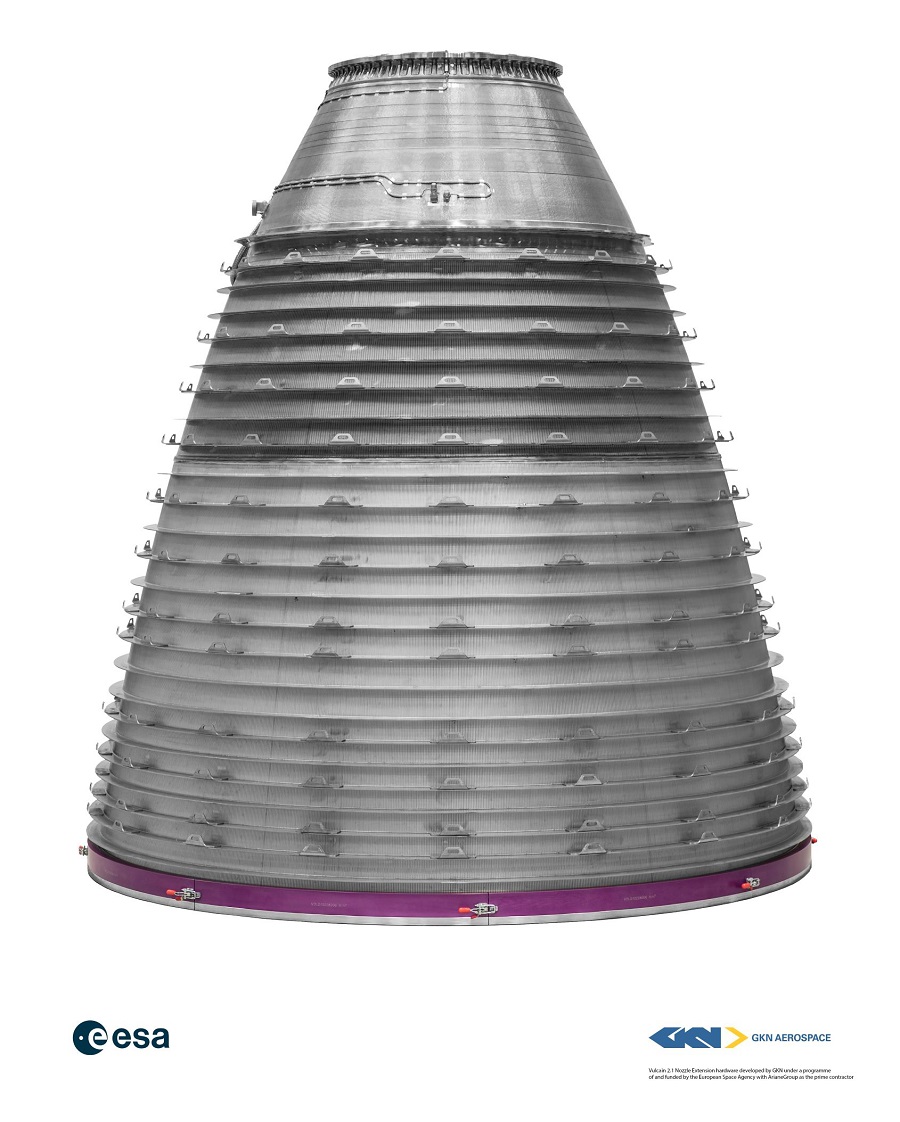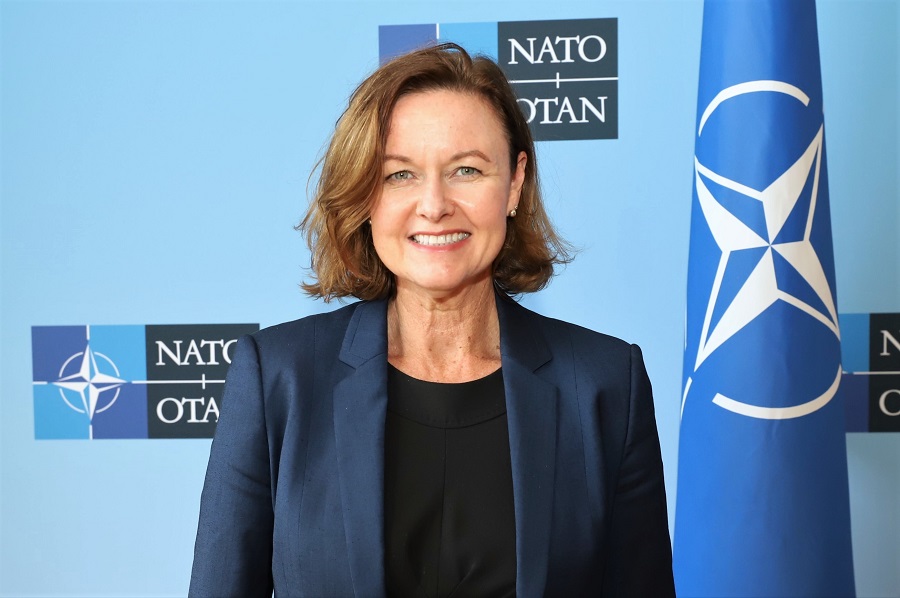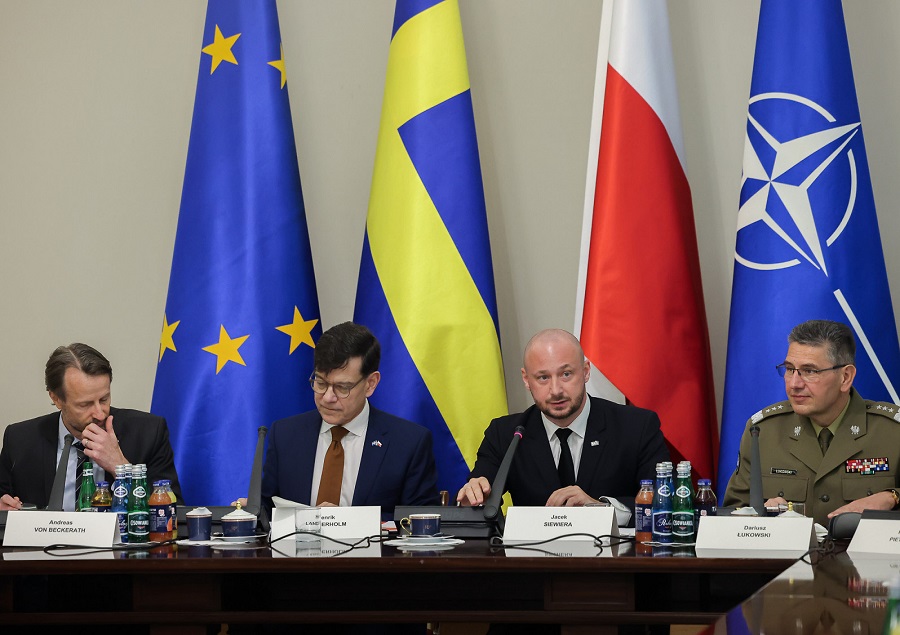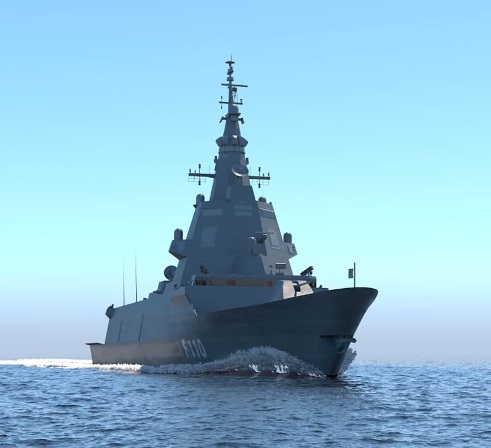GKN Aerospace, at its Trollhättan site in Sweden, is currently focused on industrializing and integrating novel, innovative technology into its Ariane 6 products. This includes the nozzle channel wall, which will include all-new technologies in a flight application. The design has been continuously improved over time, and during the transition batch process, it will be further matured in GKN Aerospace’s state-of-the-art centre of excellence. This is essential to prepare for increased production in the next phase of launcher exploitation.
GKN Aerospace’s space business unit, in Trollhättan, has been active in the Ariane program from its inception in 1974, having contributed to the programme at every stage from initial research and development through to serial production. To date, GKN Aerospace has made over 1,000 combustion chambers and nozzles as well as over 250 turbines for the Ariane rocket.
“Signing this contract is an important step ahead, not only for GKN Aerospace and the launcher activities in Sweden, but for the entire Ariane 6 programme,” said Martin Velander, GKN Aerospace Launcher Engines Program Director. “It reinforces that Swedish participation is key to the future of the launcher and for the future of European space exploration.”
Stephane Nogatchewsky, Head of Procurement of ArianeGroup, said: “Following the signature of the exploitation contracts with Sabca, Airbus Spain, Europropulsion, Avio and MTAerospace, this contract with GKN Aerospace is a new and key step towards a strong Ariane 6 European team.”
“While the inaugural flight of Ariane 6 is getting closer and the industrial ramp up is intensifying, this collaboration is a positive and critical milestone for the future of Ariane 6 operations. Also, unifiying European actors is paramount to ensure further A6 industrial robustness, competitiveness and preserve European autonomous access to space.”
The Ariane 6 programme is the only European asset that allows independent access to space for strategic missions. It also provides the flexibility to launch both heavy and light payloads to a wide range of orbits for applications such as Earth observation, telecommunication, meteorology, science and navigation.
























